Uk Phone Number Regex
In the modern world, phone numbers serve as a crucial means of communication. Whether it’s for personal or business purposes, having the ability to validate phone numbers can save time and effort. In the United Kingdom, phone numbers follow specific formats, and by using regular expressions (regex), it becomes possible to validate UK phone numbers accurately. In this article, we will delve into the intricacies of UK phone number regex and provide useful information on how to validate them effectively.
Understanding UK Phone Number Formats
Before we explore the regex patterns for validating UK phone numbers, it’s important to understand the different phone number formats used in the United Kingdom. UK phone numbers can be categorized into several formats, including landline numbers, mobile numbers, freephone numbers, special rate numbers, and geographic area codes.
– Landline numbers: UK landline numbers start with the area code, which is usually a three-digit number prefixed by 01 or 02. Following the area code, there are seven more digits, making a total of 11 digits. For example, a typical UK landline number could be “020 3456 7890.”
– Mobile numbers: UK mobile numbers can have various formats, but typically start with “07” or “+447” followed by nine more digits. For instance, a UK mobile number could be “07512 345678” or “+447712 345678.”
– Freephone numbers: Freephone numbers in the UK usually start with “0800” or “0808” followed by seven more digits. An example of a UK freephone number is “0800 123 4567.”
– Special rate numbers: Special rate numbers in the UK can have various formats. These numbers often begin with “03” or “08” followed by a specific pattern of digits. For example, a special rate number in the UK could be “0345 123 4567” or “0871 987 6543.”
– Geographic area codes: UK geographic area codes represent specific regions in the country. These codes often start with two digits, followed by a space and another variable number of digits. For example, a UK geographic area code could be “0121 456 7890.”
Regex Patterns for UK Landline Numbers
To validate UK landline numbers using regex, the following pattern can be used:
^(01[1-8]{1,1}[0-9]{8,8})$
Explanation of the pattern:
– `^` and `$` delimit the beginning and end of the phone number.
– `01` signifies the initial digits that all UK landline numbers start with.
– `[1-8]{1,1}` allows for a single digit between 1 and 8 after the initial “01.” This is because some region codes may be 1 to 8, while others have specific numbers assigned.
– `[0-9]{8,8}` represents the remaining eight digits, ensuring that landline numbers have a total of eleven digits.
Regex Patterns for UK Mobile Numbers
Regex patterns for validating UK mobile numbers can account for the various formats that can be encountered. Here are a few examples:
^(07[0-9]{9,9})$
^(\\+447[0-9]{9,9})$
Explanation of the patterns:
– `^(07[0-9]{9,9})$` validates UK mobile numbers starting with “07” followed by any nine digits.
– `^(\\+447[0-9]{9,9})$` validates UK mobile numbers starting with “+447” followed by any nine digits.
Regex Patterns for UK Freephone Numbers
To validate UK freephone numbers using regex, the following pattern can be used:
^(0800[0-9]{7,7})$
^(0808[0-9]{7,7})$
Explanation of the patterns:
– `^(0800[0-9]{7,7})$` validates UK freephone numbers starting with “0800” followed by any seven digits.
– `^(0808[0-9]{7,7})$` validates UK freephone numbers starting with “0808” followed by any seven digits.
Regex Patterns for UK Special Rate Numbers
Regex patterns for validating UK special rate numbers can encompass different formats. Here are a couple of examples:
^(03[0-9]{8,8})$
^(08[0-9]{10,10})$
Explanation of the patterns:
– `^(03[0-9]{8,8})$` validates UK special rate numbers starting with “03” followed by any eight digits.
– `^(08[0-9]{10,10})$` validates UK special rate numbers starting with “08” followed by any ten digits.
Regex Patterns for UK Geographic Area Codes
To validate UK geographic area codes using regex, the following pattern can be used:
^(\\d{2,5}\\s\\d{6,10})$
Explanation of the pattern:
– `^` and `$` delimit the beginning and end of the phone number.
– `\\d{2,5}` allows for two to five digits at the beginning of the phone number, representing the area code.
– `\\s` matches a whitespace character to separate the area code and the remaining digits.
– `\\d{6,10}` represents the remaining six to ten digits.
FAQs
Q: How can I validate UK phone numbers using JavaScript?
A: JavaScript offers built-in support for regex. You can use the regex patterns mentioned above within your JavaScript code to validate UK phone numbers.
Q: Is there a regex tester available for UK phone number validation?
A: Yes, there are online regex testers such as regex101.com or regexr.com that allow you to test your regex patterns and see if they match the desired phone number formats.
Q: Are these regex patterns suitable for validating US phone numbers as well?
A: No, these regex patterns are specific to UK phone number validation. US phone numbers follow a different format and require separate regex patterns.
Q: Are there any simplified regex patterns for validating UK phone numbers?
A: The regex patterns provided in this article do cover the standard UK phone number formats. However, depending on the specific requirements, the patterns can be modified or simplified.
Q: Can you provide an example of a UK phone number that matches the given regex patterns?
A: Sure! An example of a UK phone number that matches the patterns mentioned above could be “020 1234 5678” for a landline number or “07512 345678” for a mobile number.
In conclusion, validating UK phone numbers using regex is an efficient way to ensure the accuracy and reliability of phone number input. By understanding the various formats and utilizing the appropriate regex patterns, it becomes easier to validate UK phone numbers in different contexts. Whether you’re building a web application, creating a form, or conducting data analysis, applying these regex patterns will help you handle UK phone numbers with confidence.
Regex Phone Number – Step By Step
What Is The Format For A Uk Phone Number?
In the United Kingdom, phone numbers are structured according to a specific format to ensure efficient and reliable communication. Understanding this format is crucial for individuals living or doing business in the UK, as it ensures the correct dialing procedures both domestically and internationally. This article will comprehensively cover the format for a UK phone number, providing valuable insights and answering common questions.
The general format for a UK phone number consists of three parts: the international dialing code, the area code, and the local number. The international dialing code for the UK is +44, which is used when making international calls to a UK number from abroad.
1. International Dialing Code: The international dialing code serves as a prefix when dialing a UK phone number from outside the country. When making an international call to the UK, you would typically begin with +44.
2. Area Code: The area code represents a specific geographic location within the UK. It helps identify the region or city associated with the phone number. Area codes in the UK can vary in length and usually consist of three to five digits, depending on the specific location. Popular area codes include London (020), Manchester (0161), and Birmingham (0121). Different geographic regions within the UK may have their unique area codes.
3. Local Number: The local number is the unique identifier for an individual or business telephone line within a specific area code. It typically consists of six to eight digits. When dialing a local number within the UK, you only need to dial the area code followed by the local number. For example, if the area code is 0161 and the local number is 2345678, you would dial 0161 2345678.
FAQs:
Q: Can I omit the international dialing code when dialing a UK number from within the country?
A: Yes, if you are calling a UK number from within the country, you can omit the international dialing code. Simply dial the area code followed by the local number.
Q: How can I dial a UK number from abroad?
A: To dial a UK number from abroad, you need to include the international dialing code +44 followed by the area code and local number. If the area code is 020 and the local number is 12345678, you would dial +44 20 12345678.
Q: Are UK phone numbers toll-free?
A: Some UK phone numbers are toll-free, meaning the cost of the call is not charged to the caller. Toll-free numbers typically start with 0800 or 0808, followed by a unique seven-digit local number.
Q: Can UK phone numbers have additional digits or extensions?
A: Yes, UK phone numbers can have additional digits or extensions. Additional digits or extensions are often used in businesses or organizations to route calls to specific departments or individuals. These extensions are usually dialed through an automated menu system after dialing the main phone number.
Q: Are UK mobile phone numbers formatted differently?
A: Yes, mobile phone numbers in the UK follow a slightly different format. UK mobile numbers generally begin with the digits 07, followed by a unique nine-digit local number. When dialing a UK mobile number from within the country, you would dial 07 followed by the remaining digits. If calling from abroad, you would dial +44 followed by the mobile number without the initial zero.
In conclusion, understanding the format for a UK phone number is essential for effective communication within and outside the country. By familiarizing ourselves with the international dialing code, area code, and local number, we can easily connect with individuals and businesses in the UK. Remember to include the appropriate dialing codes when making international calls and be aware of variations in formatting for mobile phone numbers.
How To Validate Phone Numbers Using Regex?
As technology continues to evolve, phone numbers are becoming an essential element of communication and identification. Websites, applications, and databases often require users to provide valid phone numbers for various purposes, such as account verification or contacting customers. However, ensuring the accuracy and validity of phone numbers can be challenging, especially when dealing with large amounts of data. Thankfully, regular expressions, commonly known as regex, offer a powerful solution for validating phone numbers.
Regex provides a concise and flexible way to define patterns and search for matches within text. It allows for the creation of complex rules to validate phone numbers based on specific formats and requirements. With regex, developers can effortlessly perform various checks, such as verifying the correct number of digits, ensuring the presence of specific area codes or country codes, and enforcing consistent formatting.
To thoroughly understand how to validate phone numbers using regex, let’s dive into the process step by step.
1. Define the Phone Number Format:
Before implementing regex, it’s crucial to determine the format you want to validate. Phone numbers can have different structures, including country codes, area codes, or even extensions. Whether you are dealing with domestic or international numbers, it’s essential to consider these elements for a successful validation process.
2. Start with Basic Validation:
Begin by checking the presence of a minimum and maximum number of digits required for a phone number. This would help eliminate numbers with insufficient or excessive digits that are unlikely to be valid. For example, most US phone numbers consist of ten digits, excluding any country or area codes. Regex allows you to specify the exact number of digits to match using quantifiers like “{n}”.
3. Include Area Codes and Country Codes:
Depending on your use case, you may require specific area or country codes to ensure accurate validation. For instance, if you are working with US phone numbers, an area code should be included. This can be achieved by incorporating the area code pattern into your regex expression using groups and alternations. Similarly, international phone numbers often begin with a country code that can be enforced through regex matching.
4. Handle Formatting and Separators:
Many phone numbers include separators, such as dashes, spaces, or parentheses, to enhance readability. While these separators are not necessary for validation, they might be required for presenting the phone number in a user-friendly format. Regex offers the flexibility to accommodate various formatting options by allowing optional characters or employing character classes to match specific separators.
5. Account for Extensions:
In certain scenarios, phone numbers may include extensions denoted by terms like “ext” or “#”. If your validation process needs to consider extensions, regex can be extended to capture and validate this additional information. By defining groups and using conditional expressions, you can accurately extract and verify the extension alongside the phone number.
FAQs:
Q: Why should I validate phone numbers using regex?
A: Validating phone numbers helps to ensure the accuracy and consistency of data. It improves user experience by preventing errors during the registration, login, or contact process. Regex offers a comprehensive and efficient method for verifying phone numbers based on specific requirements.
Q: Can regex validate all types of phone numbers?
A: Regex is highly versatile and can handle various phone number formats, including most domestic and international standards. However, it’s essential to tailor your regex expression to match the specific format you are working with. Regex might not be suitable for more complex cases involving non-standard number structures.
Q: Are there any downsides to using regex for phone number validation?
A: While regex is an effective tool for phone number validation, it does have some limitations. Extremely complex or non-standard phone number formats might require more advanced techniques or additional validation steps. Furthermore, regex expressions can become challenging to understand and maintain if they become overly complex.
Q: Can I use regex in any programming language or platform?
A: Yes, regex is widely supported by most programming languages and platforms. Whether you are using JavaScript, Python, Ruby, Java, or even databases like MySQL, you can leverage regex to validate phone numbers. However, syntax and specific features might vary slightly between implementations.
In conclusion, validating phone numbers is a crucial step when dealing with data that requires accuracy and consistency. Regex provides a powerful and flexible solution to enforce specific phone number formats and rules. By following the steps outlined above, you can efficiently validate phone numbers, accounting for different formats, area codes, country codes, formatting options, and even extensions. Don’t forget to tailor your regex expression to match the requirements of the phone numbers you are working with.
Keywords searched by users: uk phone number regex uk phone number validation javascript, regex tester, us phone number regex, regular expression, regex for phone number starting with, simple regex for phone number, uk phone number example, javascript regex phone number format
Categories: Top 14 Uk Phone Number Regex
See more here: nhanvietluanvan.com
Uk Phone Number Validation Javascript
In today’s digital age, validating user inputs is crucial when it comes to ensuring data accuracy and providing an optimal user experience. When it comes to validating UK phone numbers in JavaScript, there are several techniques and libraries available that can simplify the process. In this article, we will delve into the details of UK phone number validation in JavaScript and provide you with a comprehensive understanding of the topic.
Understanding UK Phone Number Formats
Before we begin validating UK phone numbers, it is vital to understand the various formats they can take. UK phone numbers typically consist of 11 digits, beginning with a 0, followed by an area code of 2, 3, or 4 digits, and finally, a six to seven-digit subscriber number. The area code can be divided into multiple sections, with the first section ranging from 2 to 4 digits, followed by a space or parentheses, and ending with the remaining digits.
Regular Expressions for UK Phone Number Validation
Using regular expressions is a popular approach to validate UK phone numbers in JavaScript. Regular expressions are a sequence of characters that form a search pattern, making them ideal for validating complex patterns like phone numbers. Here’s an example of a regular expression that can be used to validate UK phone numbers:
“`javascript
const ukPhoneNumberRegex = /^(?:(?:\+|00 44|0)(?:\s?\d\s?){10})$/;
“`
This regular expression checks if the input matches any of the three most common formats mentioned above. The `^` character represents the beginning of the string, followed by an optional `+` or `00 44` for international formatting. The `(?:\s?\d\s?)` segment represents the optional space or parentheses between the area code sections. Finally, the `{10}` specifies that there should be exactly 10 digits after the country code or area code.
Using JavaScript Libraries for Validation
While regular expressions can get the job done, there are also JavaScript libraries available that simplify the process of phone number validation. One popular library is Google’s libphonenumber, which provides a comprehensive set of phone number parsing, formatting, and validation functions. It supports over 200 countries, including the UK.
To use libphonenumber, you need to include it in your project. Afterward, you can simply call the library’s functions to validate UK phone numbers. Here’s an example:
“`javascript
const phoneUtil = require(‘google-libphonenumber’).PhoneNumberUtil.getInstance();
const ukNumber = ‘07700900000’;
try {
const parsedNumber = phoneUtil.parseAndKeepRawInput(ukNumber, ‘GB’);
if (phoneUtil.isValidNumber(parsedNumber)) {
console.log(‘Valid UK phone number.’);
} else {
console.log(‘Invalid UK phone number.’);
}
} catch (error) {
console.log(‘Error parsing phone number:’, error.message);
}
“`
This example first imports the `PhoneNumberUtil` class from the library and initializes an instance. It then parses the input phone number using the `parseAndKeepRawInput` function, passing the number and country code (‘GB’ for the UK). Finally, it validates the parsed number using `isValidNumber` to determine whether it is a valid UK phone number.
Frequently Asked Questions
Q1. Why is validating UK phone numbers important?
A1. Validating phone numbers helps ensure data accuracy and provides a seamless user experience. By validating UK phone numbers, you can prevent errors and reduce the risk of incorrect information being stored in your system.
Q2. Can I use the same techniques to validate phone numbers from other countries?
A2. While the approaches discussed in this article are specific to UK phone numbers, you can adapt them for other countries. Libraries like libphonenumber support a wide range of countries, making it easy to extend the validation process.
Q3. Are there any other JavaScript libraries available for phone number validation?
A3. Yes, apart from libphonenumber, there are several other JavaScript libraries you can explore, such as phone, phoneformat, and international-phone-number. Each library varies in terms of functionality and supported countries, so choose the one that best fits your requirements.
Q4. How can I provide feedback to the user when the phone number is invalid?
A4. You can display an error message or change the style of the input field to indicate that the phone number is invalid. You can also disable form submission until a valid phone number is provided.
In conclusion, validating UK phone numbers in JavaScript is an essential step in ensuring data accuracy and a smooth user experience. Whether you choose to use regular expressions or libraries like libphonenumber, it is crucial to implement validation to avoid potential errors and provide a seamless user experience. By understanding the various formats and utilizing the available techniques, you can easily validate UK phone numbers in your JavaScript projects.
Regex Tester
Introduction:
Regular Expressions (Regex) are powerful tools used to search, manipulate, and validate patterns in texts. They enable developers, data analysts, and even non-technical users to efficiently extract desired information from large datasets. However, crafting the perfect regex can be intricate and time-consuming. Thankfully, Regex testers offer a simplified way to experiment and debug regex patterns, saving valuable time and increasing productivity. In this article, we will dive deep into the world of Regex testers, exploring their functionalities, benefits, and providing useful tips for effective implementation.
Understanding Regex Testers:
1. What is a Regex Tester?
A Regex tester is an online or software-based tool that allows users to test their regular expressions against sample data. It provides instant feedback, highlighting matches and potential errors. Regex testers often offer additional features like substitution, flags for case-insensitivity, global matching, and even real-time code debugging.
2. How do Regex Testers Work?
Regex testers work by accepting a user-provided regex pattern and an input text. The tool then applies the pattern to the input and highlights or captures any instances that match the regex. This helps users verify if the pattern correctly identifies or manipulates the desired parts of the input.
Features and Benefits:
1. Live Testing and Interactive Feedback:
Regex testers provide an interactive environment where users can experiment with regex patterns in real-time. This allows for immediate feedback, ensuring faster iteration and debugging cycles. Watching the pattern match and isolate text elements simplifies the process of troubleshooting complex patterns.
2. Multiple Language Support:
Most Regex testers cater to multiple programming languages that support regex. Users can select their desired language, such as JavaScript, Python, or Perl, and test their regex patterns accordingly. This flexibility accommodates the preferences of individual developers, enhancing their productivity.
3. Visual Representation:
Regex testers often display a visual representation of the regex pattern. This helps users understand the structure of the pattern and identify any potential issues. By breaking down the pattern into visual elements, testers demystify the complex nature of regex and encourage learning.
Tips for Effective Implementation:
1. Start Small:
Begin with simple patterns and gradually increase complexity. This helps in understanding the behavior of regex patterns and ensures easy troubleshooting if issues arise. Remember to test against diverse data samples to ensure pattern reliability.
2. Use Anchors:
Anchors increase pattern accuracy by marking positions within the text. Commonly used anchors include “^” (beginning of the line) and “$” (end of the line). Incorporating anchors in regex patterns narrows down the search space, making them faster and more precise.
3. Don’t Overlook Quantifiers:
Quantifiers control the number of times a particular element should match. For example, “*” matches zero or more occurrences, while “+” matches one or more occurrences. Properly utilizing quantifiers ensures patterns accommodate a variety of data scenarios.
FAQs:
Q1. Are Regex testers only useful for advanced programmers?
A. No, Regex testers cater to all levels of expertise, from beginners to experienced developers. They provide a user-friendly environment for crafting and testing patterns regardless of programming knowledge.
Q2. Can Regex testers validate complex patterns involving multiple conditions?
A. Yes, Regex testers excel in handling complex patterns. By leveraging lookahead and lookbehind assertions, users can apply multiple conditions and constraints to their patterns, facilitating accurate text extraction.
Q3. Are there Regex testers available for offline use?
A. Yes, there are standalone Regex tester software applications available for offline use. These applications provide the same features, enabling users to test regex patterns without an internet connection.
Conclusion:
Regex testers have revolutionized the way regex patterns are crafted, tested, and fine-tuned. These simple yet powerful tools significantly enhance the productivity of developers and data analysts, helping them extract relevant information with ease. By providing interactive feedback, visual representations, and multi-language support, Regex testers have simplified the complex world of pattern matching and text manipulation. Embrace the power of Regex testers and unlock the full potential of regular expressions in your coding endeavors.
Us Phone Number Regex
Introduction
Phone numbers are an essential aspect of modern communication, enabling people to connect with one another easily and conveniently. As a result, being able to validate and format phone numbers accurately is crucial for effective communication. In the United States, phone numbers are often standardized in a specific format. In this article, we will delve into the world of US phone number regex, providing a detailed understanding of regular expressions and how they can be used to validate and format US phone numbers accurately.
Understanding Regular Expressions
Regular expressions, often referred to as regex, are sequences of characters that form a search pattern. They are commonly used to find, match, and manipulate strings of text based on specific patterns. A regular expression can be built in a way that allows it to match certain patterns in phone numbers, making it a valuable tool for validating data.
US Phone Number Format
Before diving into the details of regex, it is crucial to understand the standard format of US phone numbers. In the United States, phone numbers typically consist of ten digits: three for the area code, followed by three for the central office code, and finally four for the line number. The standard US phone number format appears as follows: (XXX) XXX-XXXX, where X represents a digit.
Basic US Phone Number Regex
Now that we are familiar with regular expressions and the standard US phone number format, let’s explore a basic regex pattern that can validate US phone numbers. The regular expression to match US phone numbers can be expressed as follows:
^\(\d{3}\)\s\d{3}-\d{4}$
Breaking down the regex pattern:
– ^ and $ denote the start and end of the line, respectively.
– \( and \) match the opening and closing parentheses.
– \d{3} matches any three digits.
– \s matches a single space.
– – matches a hyphen.
– \d{4} matches any four digits.
This basic regex pattern can help validate whether a phone number matches the standard US format but does not account for optional elements such as country codes or extensions.
Advanced US Phone Number Regex
In certain cases, phone numbers may incorporate additional elements, such as a country code preceded by a plus sign (+1 for the US), an optional leading “1” before the area code, or an extension denoted by an “x” or “ext.” To accommodate these scenarios, we can enhance the US phone number regex pattern as follows:
^(?:\+?1\s?)?(?:\()?(?:\d{3})(?:\)?)?(?:[-.\s])?\d{3}(?:[-.\s])?\d{4}(?:\s?(?:#|x)\d{1,6})?$
Breaking down the enhanced regex pattern:
– ^ and $ denote the start and end of the line, respectively.
– (?:\+?1\s?)? matches an optional country code, either with or without a space after it.
– (?:\()? matches an optional opening parenthesis.
– (?:\d{3}) matches the area code.
– (?:\))? matches an optional closing parenthesis.
– (?:[-.\s])? matches an optional separator, such as a hyphen, period, or space.
– \d{3} matches the next three digits.
– (?:[-.\s])? matches another optional separator.
– \d{4} matches the last four digits.
– (?:\s?(?:#|x)\d{1,6})? matches an optional extension, denoted by a space followed by “#” or “x” and up to six digits.
FAQs
1. What is the purpose of using regex for phone number validation?
Using regex for phone number validation allows for accurate verification and formatting of phone numbers, ensuring that they adhere to the desired pattern. It helps prevent erroneous data entry and ensures consistency in data collection and manipulation.
2. Are there any libraries or frameworks that provide built-in regex functionality for validating US phone numbers?
Yes, many programming languages, such as JavaScript, Python, and Java, come with built-in libraries or frameworks that provide regex functionality for easy phone number validation. These libraries often provide pre-defined regex patterns specifically designed to validate US phone numbers.
3. Can regex patterns be modified to validate phone numbers from other countries?
Yes, regex patterns can be modified to match the standard phone number formats of various countries. By altering the pattern to account for different area codes, country codes, or variations in formatting, phone numbers from different countries can be effectively validated using regular expressions.
4. Are there any drawbacks or limitations to using regex for phone number validation?
While regex can be powerful for phone number validation, it is not foolproof. It may struggle with complex scenarios like international phone numbers or formats that deviate significantly from the standard. In such cases, a more sophisticated algorithm or additional validation steps may be necessary.
Conclusion
The ability to accurately validate and format phone numbers is crucial for efficient communication. Understanding US phone number regex patterns can enable developers and data analysts to validate and format phone numbers accurately, while bringing consistency to data manipulation processes. By leveraging the power of regular expressions, we can ensure that phone numbers are correctly captured, validated, and standardized, thus enhancing overall communication efficiency.
Note: The regex patterns provided in this article are intended for educational purposes and may require slight modifications to cater to specific programming languages or frameworks.
Images related to the topic uk phone number regex
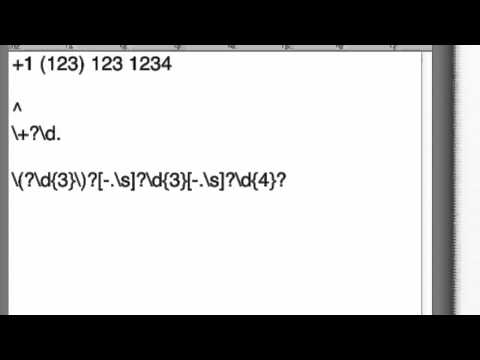
Found 27 images related to uk phone number regex theme

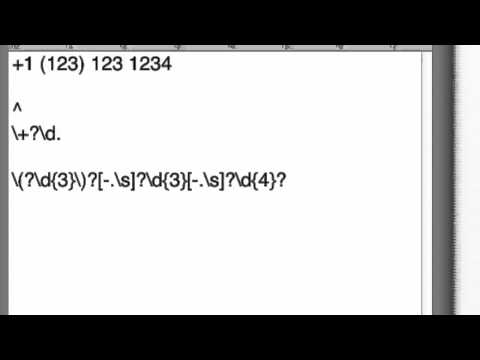
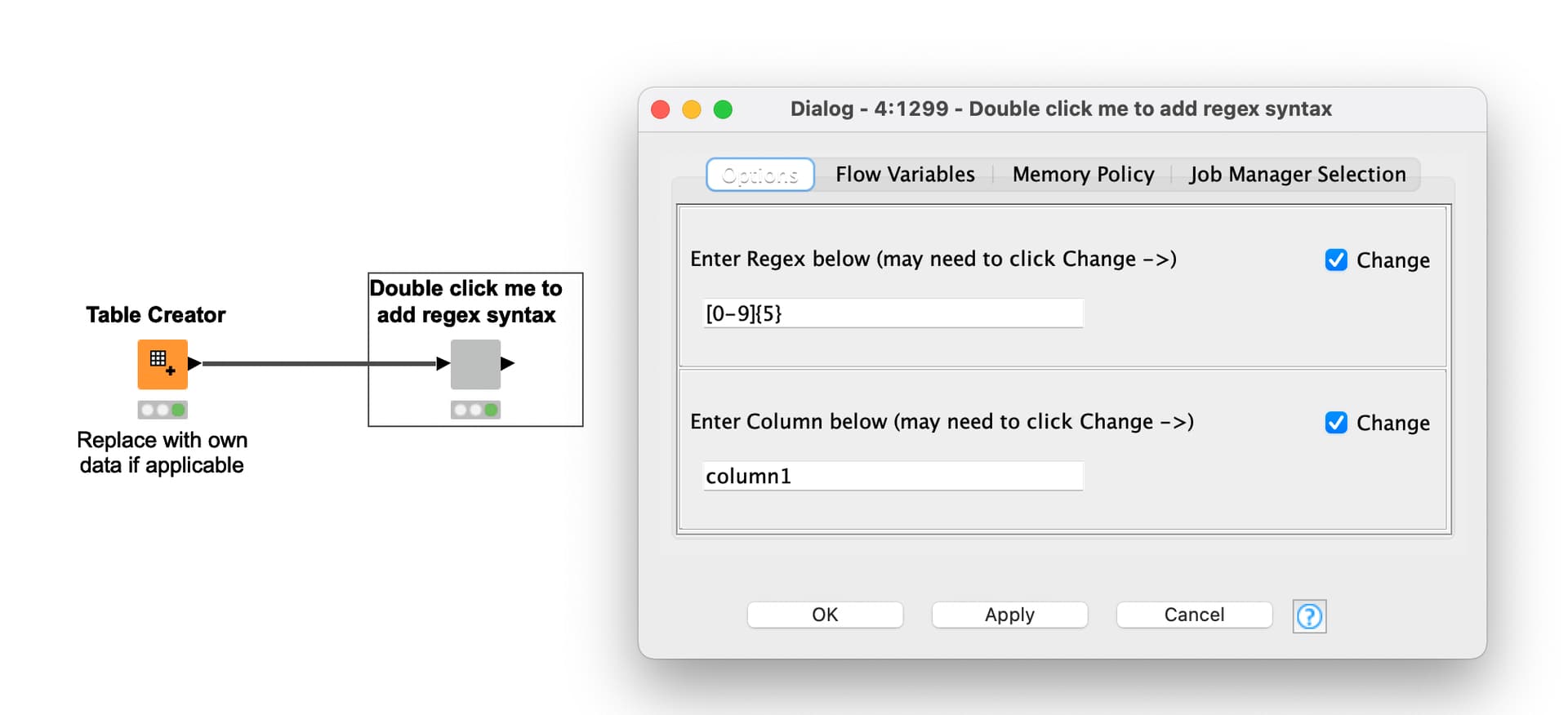




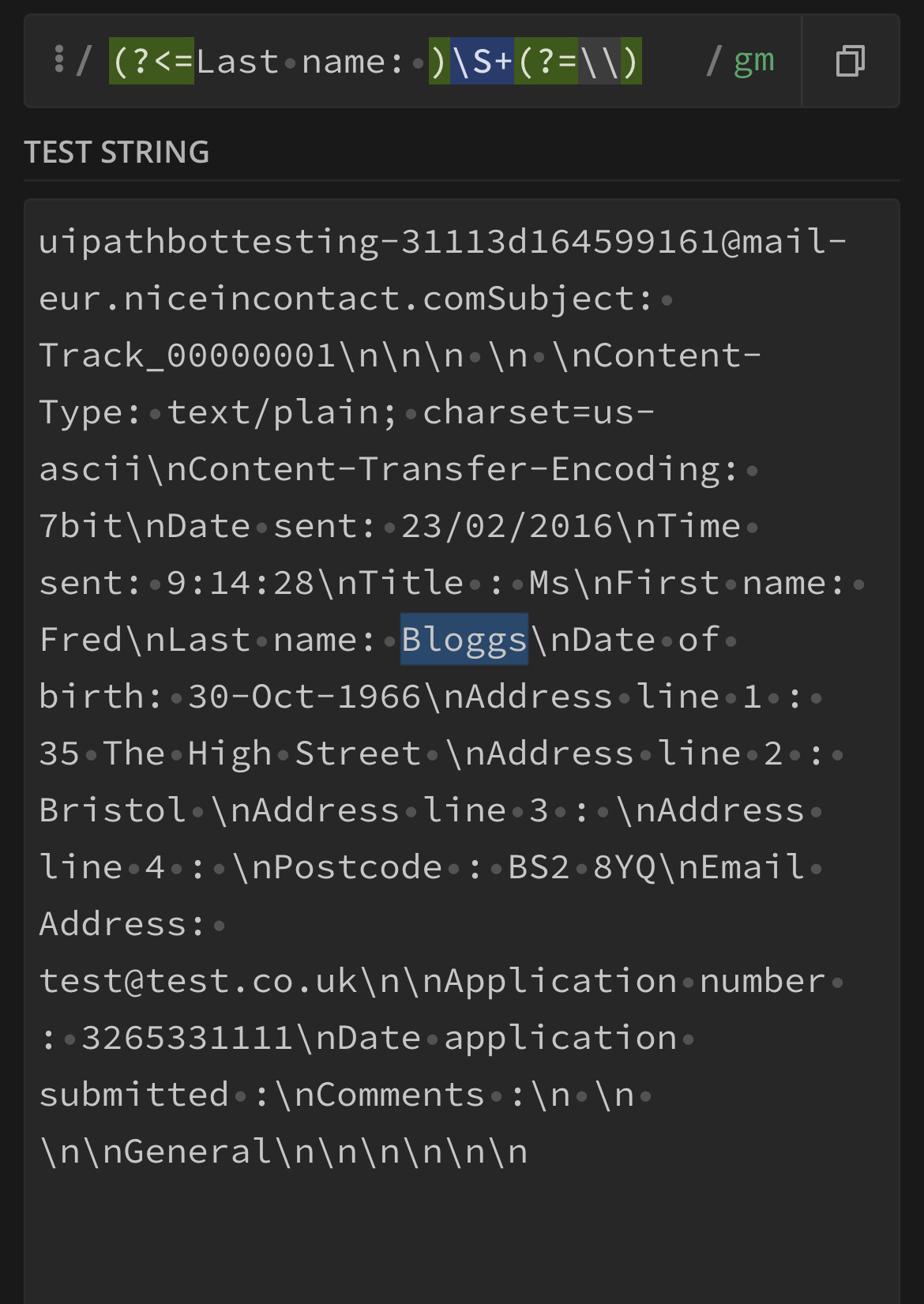



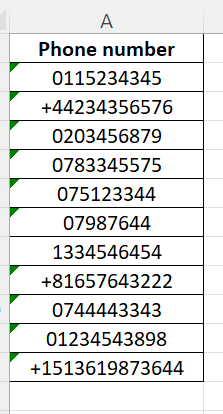
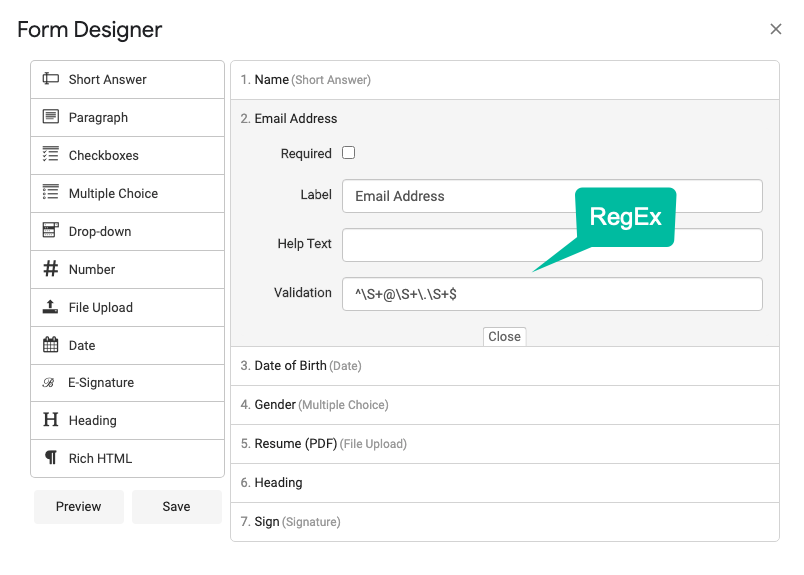

![Validate Phone Numbers with Javascript & HTML [2022] Validate Phone Numbers With Javascript & Html [2022]](https://global-uploads.webflow.com/5ebea55066f36f531dec5b32/61ccf25c856e75168b39389e_Ub3eXJ26Kda-xaz_Q2hR3kYIjFE66nzImy7xcU85jXpoCzQCOexvqBwfwxkKVPlPowD0DMyxdU04dM1XbvcqAp_C36l-RDAMtPQDMO1hYWJZe8yIKzPsjFjSuJBK1hH9whNbI459.jpeg)
![Validate Phone Numbers with Javascript & HTML [2022] Validate Phone Numbers With Javascript & Html [2022]](https://global-uploads.webflow.com/5ebea55066f36f531dec5b32/61ccf25cd957db4482800f5f_wuGZI7oppsDYWk7OiGU6HZavcJS8tlVZLuUTHrHRLBeFI2-Szz6zFHZQuCNXPUDz1LKhzLnelxIG9AP8qpjzmn2YncJcyfIOHKrxX0gD8nmqJfQvonFvMvfrKSY517Qb9ka7vGSF.jpeg)

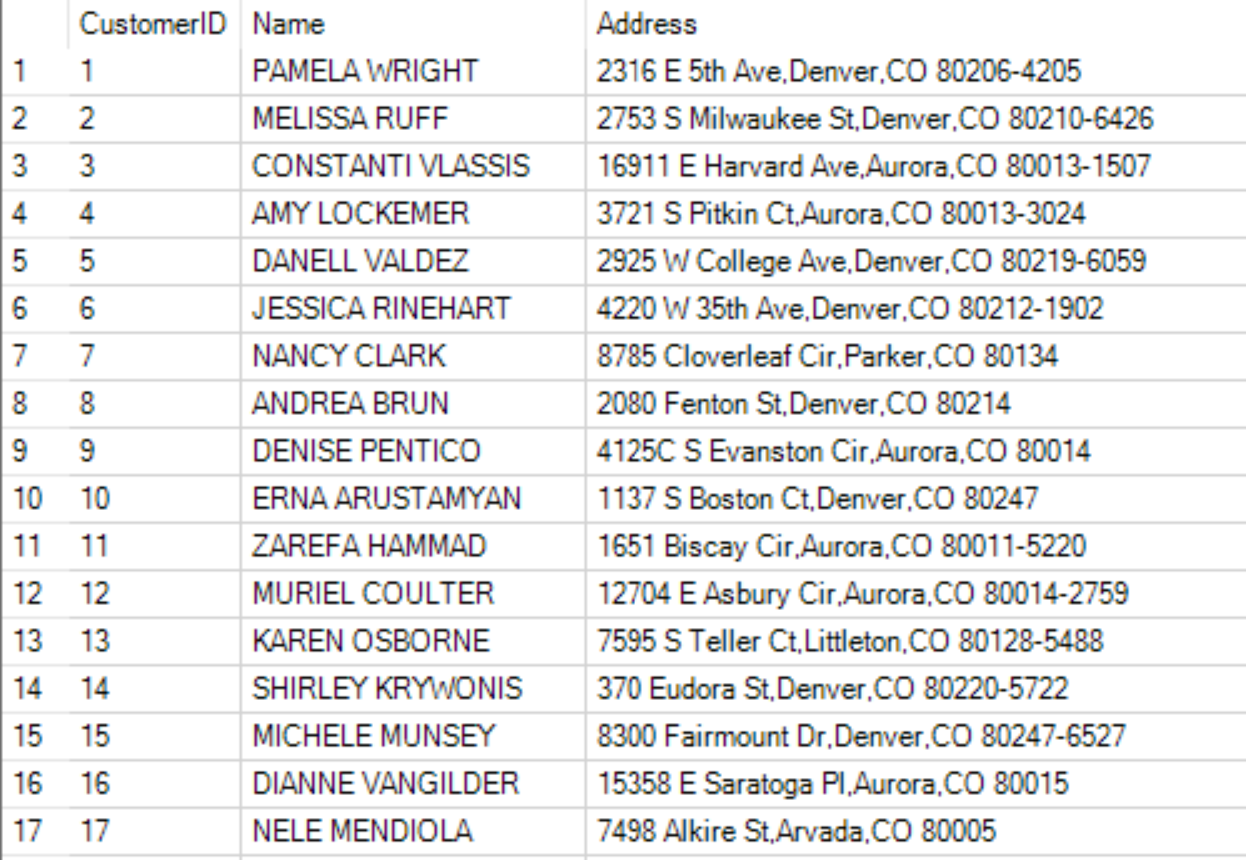
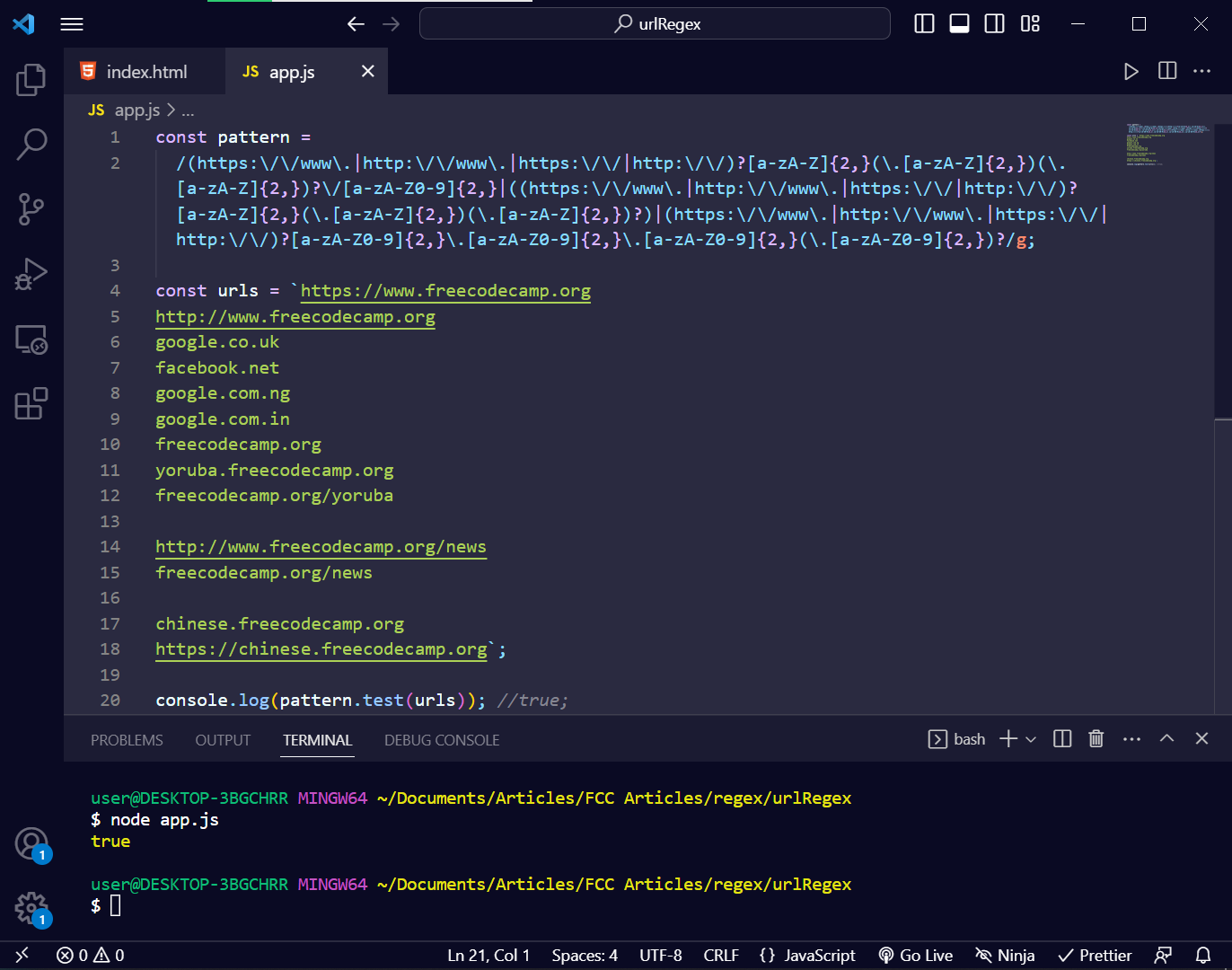
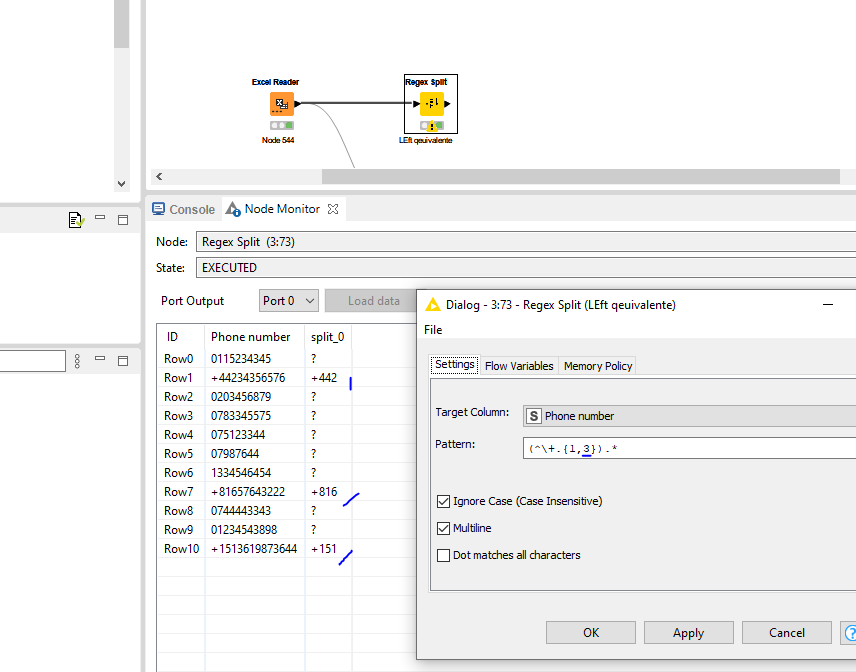
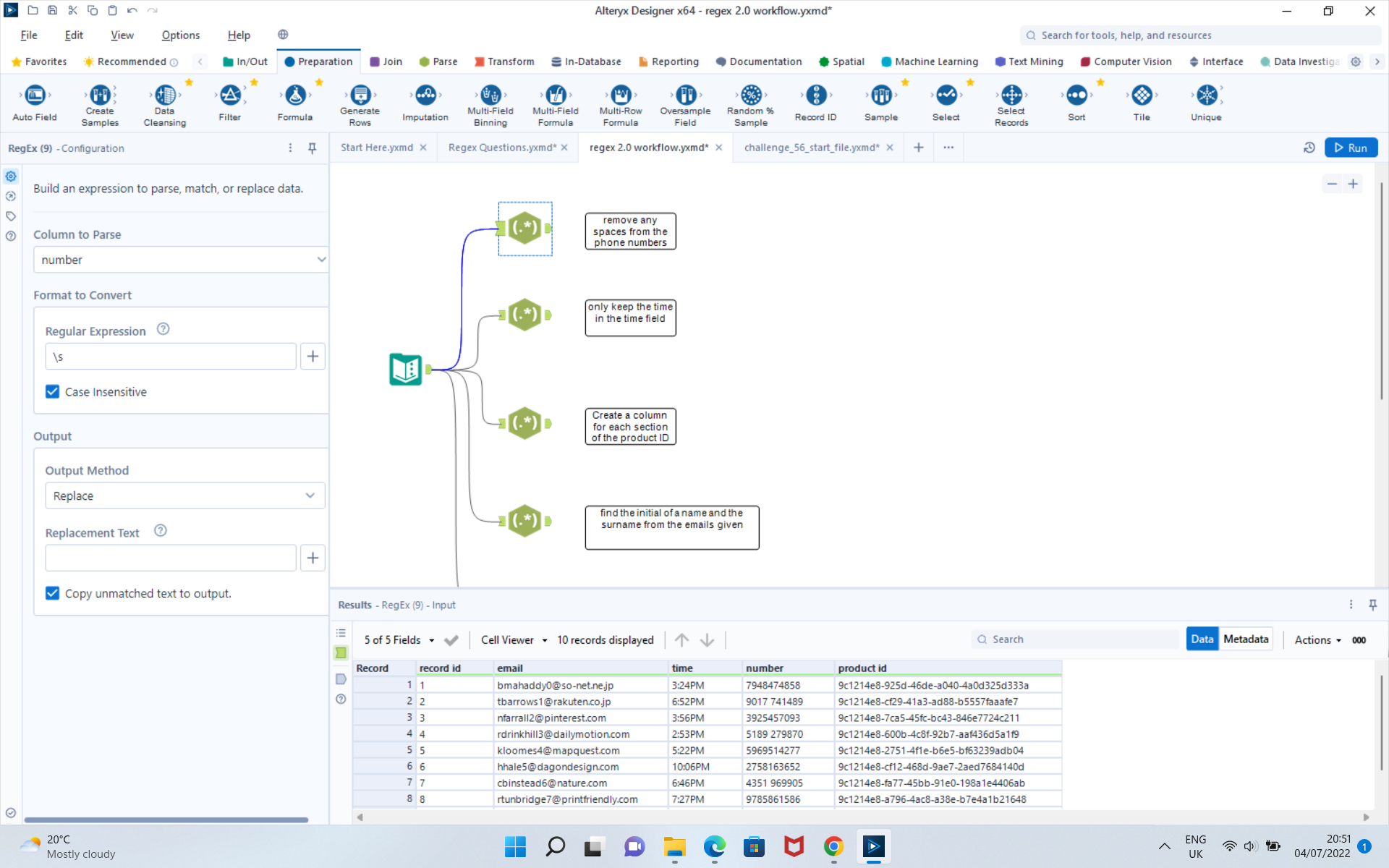



![Validate Phone Numbers with Javascript & HTML [2022] Validate Phone Numbers With Javascript & Html [2022]](https://global-uploads.webflow.com/5ebea55066f36f531dec5b32/61ccf25c4e697c21101c2e57_65DyuBnkpUlzKYtYMj1dquIp-ECvmbHnHqdwry4oDuHk05C8vf4oBY4yylVL-dU6dq0XGjnOC2a7I-YhTfuup7Bg9DSP2AWh2xvnfl8BKNftwVmakr31c5CYmRSxrOr7R20CRLmm.jpeg)

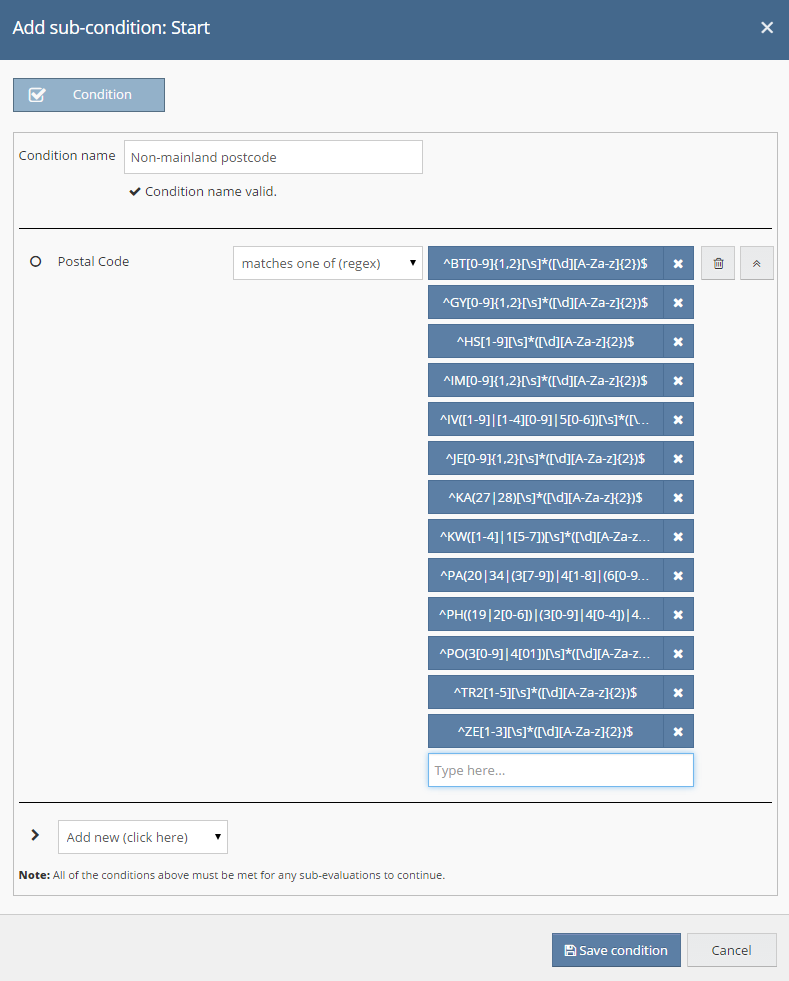

![Validate Phone Numbers with Javascript & HTML [2022] Validate Phone Numbers With Javascript & Html [2022]](https://global-uploads.webflow.com/5ebea55066f36f531dec5b32/61ccf25c5d1eb22e817d8366_D2yEjRbeBt4WgdTkxjqpeoq_95aOIEu4cNjTyZXpI4SHXHBi8yr6dkxTkyfKx8bp31K14QwFm7Rvke2Co--GPc73N7h4w-fQaOzgJxmpmOnR7skAhHB9FboCRpbQB0JN_CP3nzGT.jpeg)



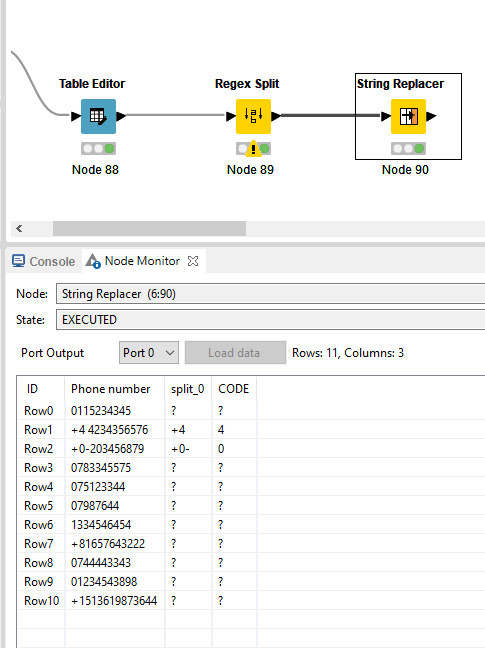

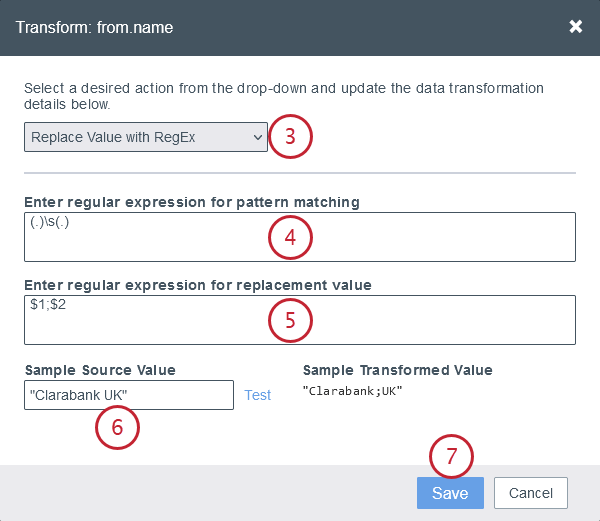



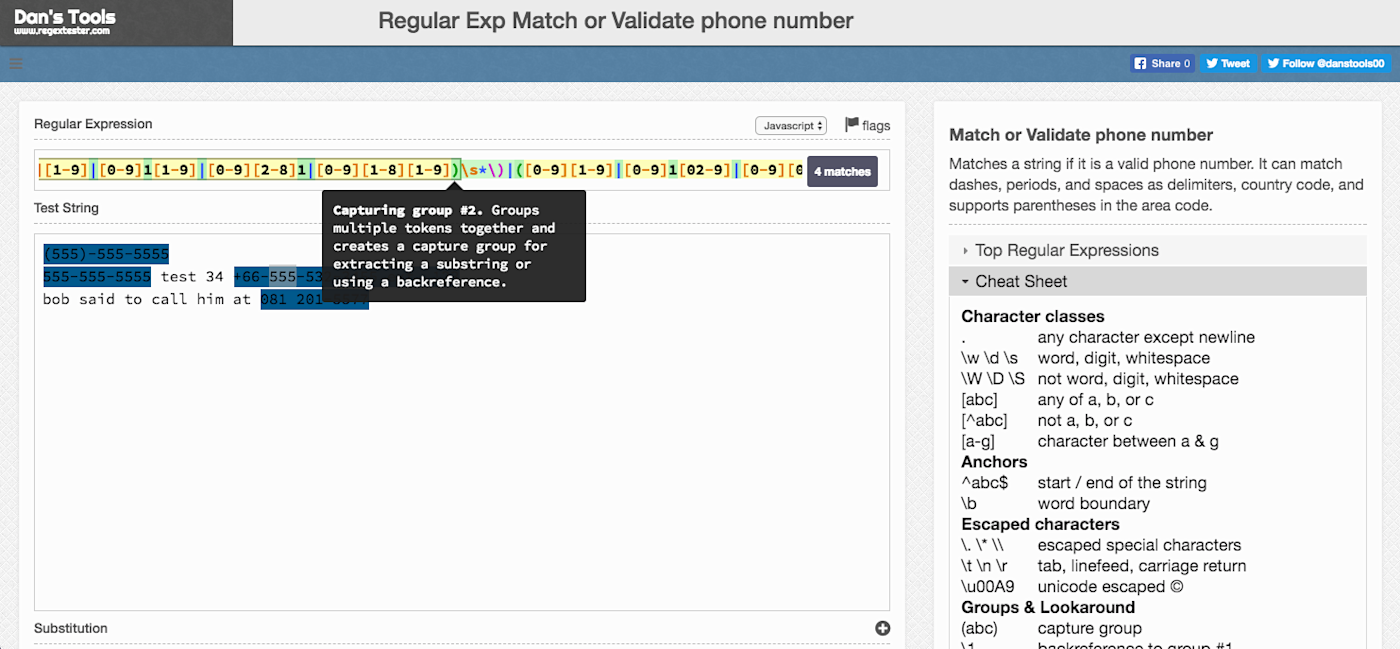



![Phone Number Input Validation [redux] - Custom code - Forum | Webflow Phone Number Input Validation [Redux] - Custom Code - Forum | Webflow](https://global.discourse-cdn.com/business5/uploads/webflow1/original/3X/4/3/4376c0ca9b19e3a431c0322ab7ff50e0618c899f.png)

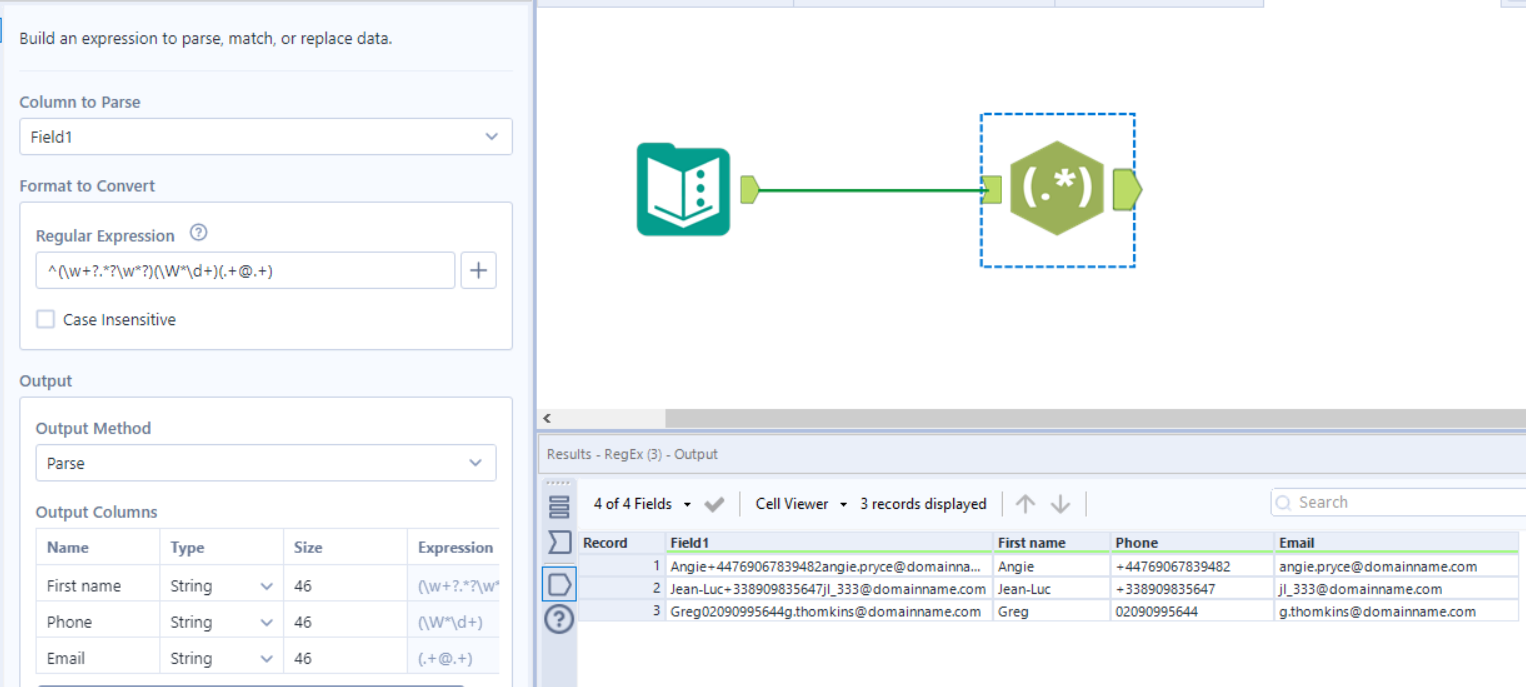
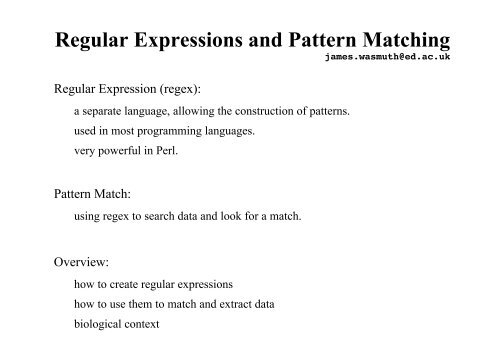
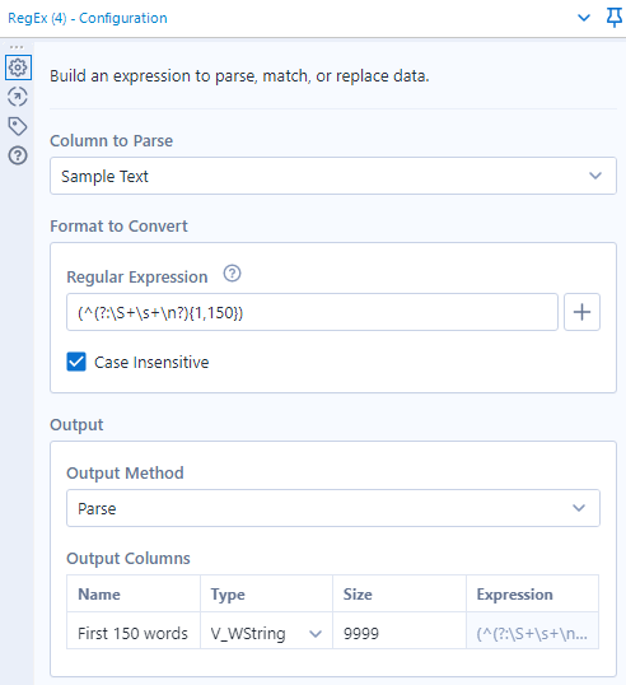
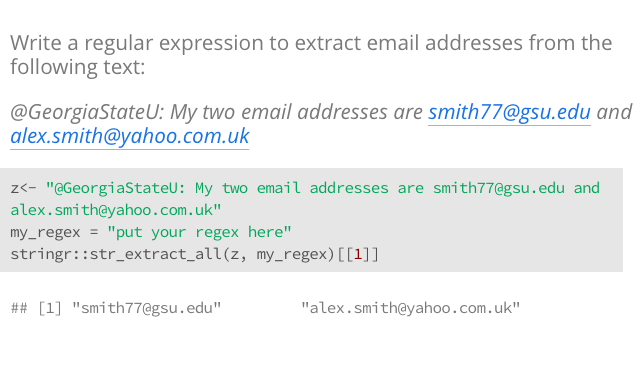

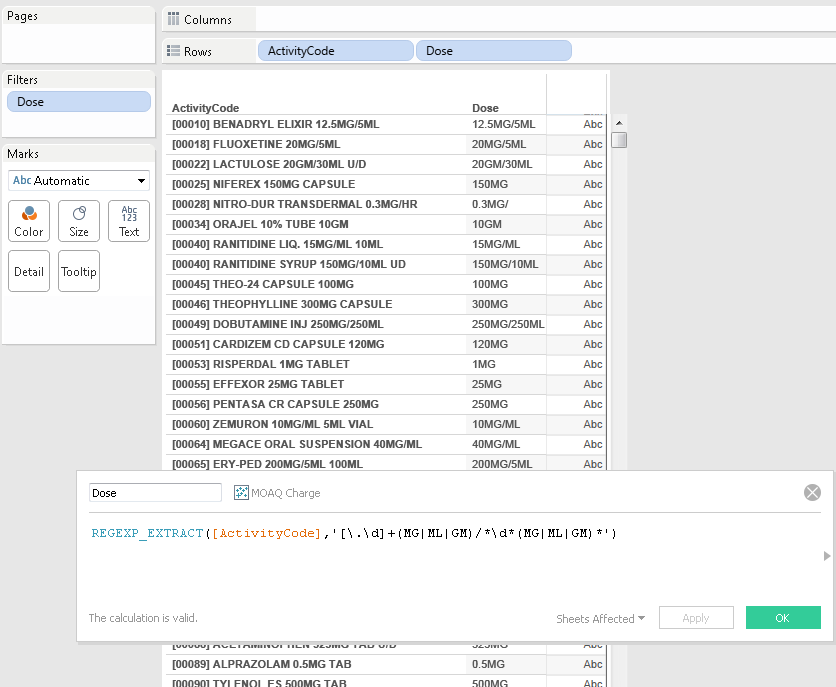
Article link: uk phone number regex.
Learn more about the topic uk phone number regex.
- Regular expression for GB based and only numeric phone …
- Telephone numbers – GOV.UK Design System
- Validate Phone Numbers ( with Country Code extension) using …
- 4.3. Validate International Phone Numbers – O’Reilly
- Telephone numbers in the United Kingdom – Wikipedia
- UK Mobile Numbers – Regex Tester/Debugger
- How to write a regular expression for UK phone numbers
- Is UK Mobile Number – ETL Software
- 4.3. Validate International Phone Numbers – O’Reilly
- Validate Phone Numbers With Java Regex | Baeldung
See more: https://nhanvietluanvan.com/luat-hoc